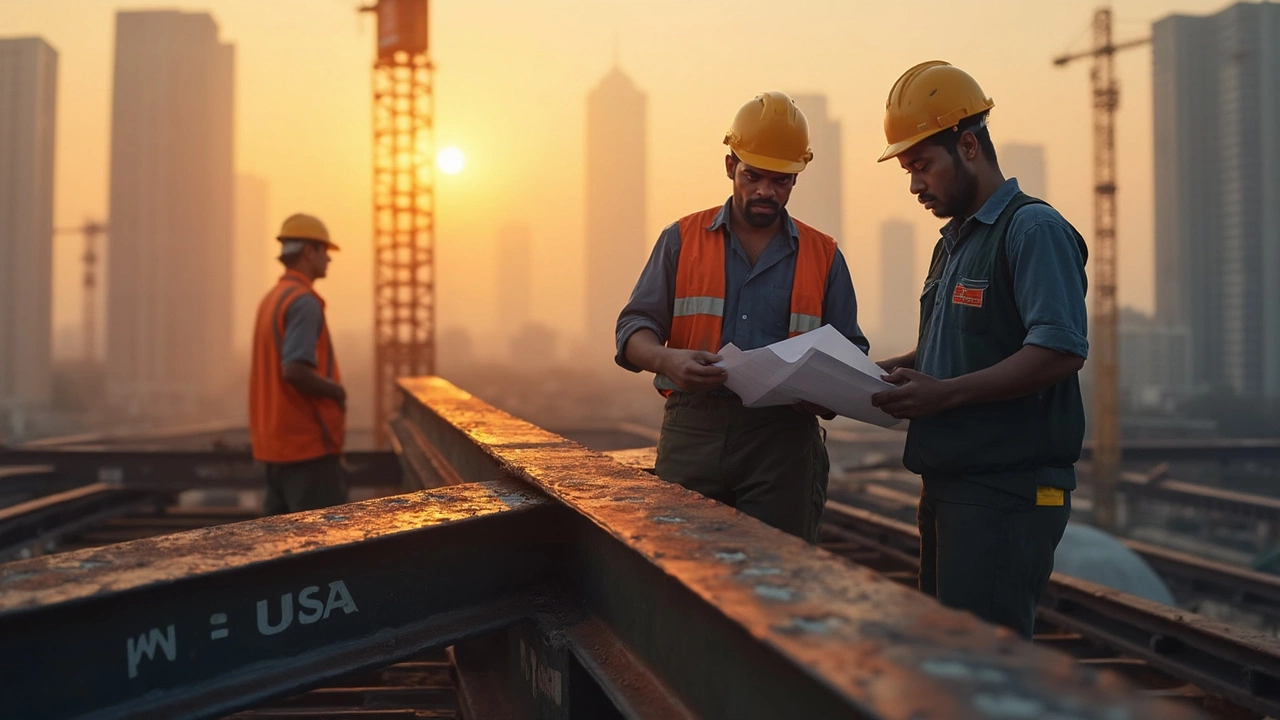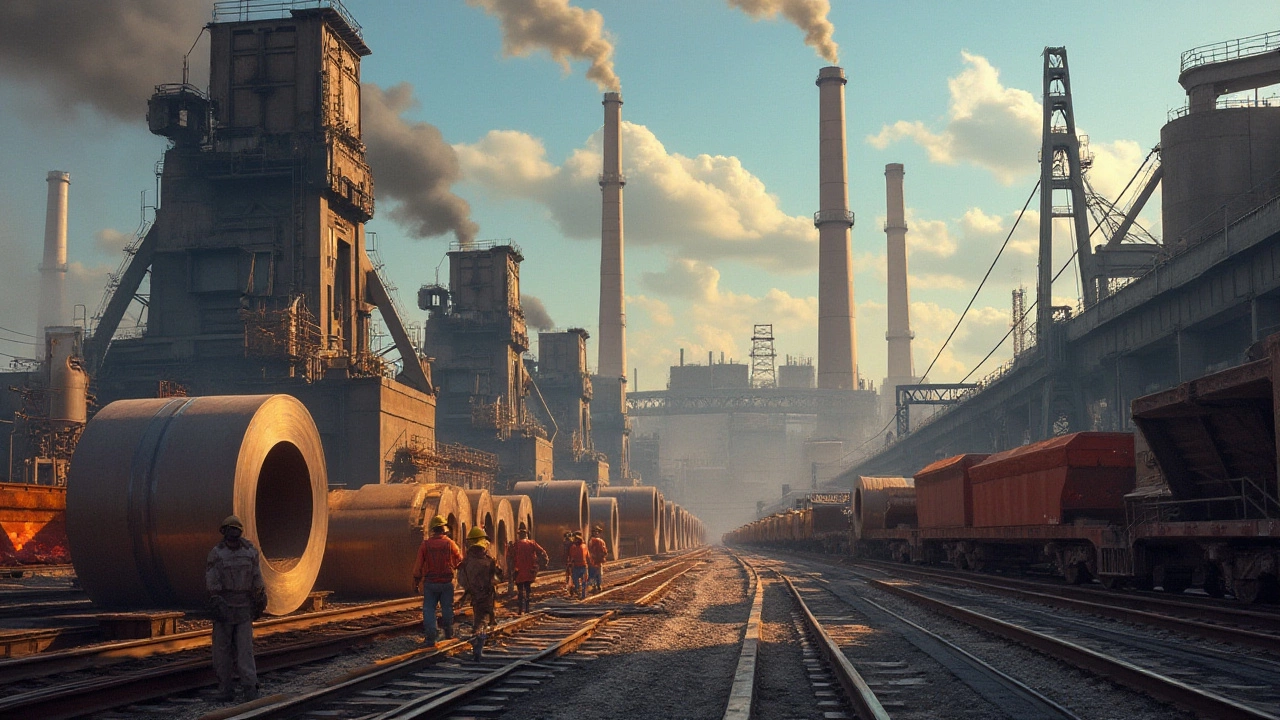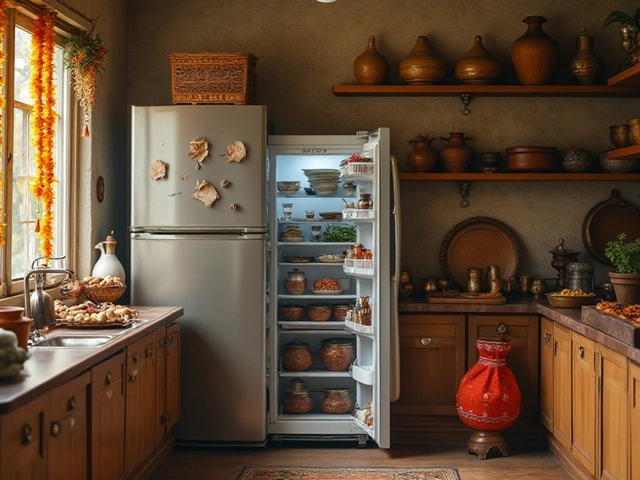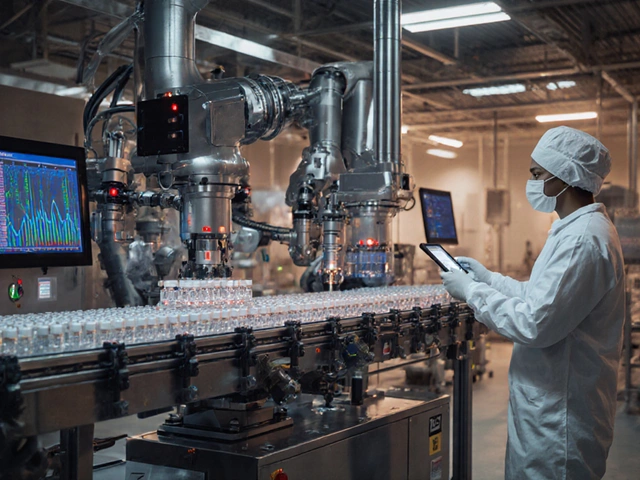Steel Manufacturing: What You Need to Know Today
Steel manufacturing is the backbone of many economies, but it’s not just about melting iron. Modern plants blend automation, smart sensors, and greener fuels to cut costs and emissions. If you’re curious about how a batch of steel goes from raw ore to the beams in a skyscraper, you’re in the right spot.
Key Steps in the Production Chain
First, the raw materials—iron ore, coal, and limestone—are crushed and blended. In a blast furnace, the mix is heated to over 1,600°C, turning it into molten pig iron. Next, the pig iron moves to a basic oxygen furnace where oxygen blows in, stripping away excess carbon and creating liquid steel. From there, the steel is poured into molds or continuous casters to form slabs, blooms, or billets.
What many forget is the importance of secondary processes. Rolling, annealing, and coating add strength, flexibility, or corrosion resistance. A hot‑rolled coil, for instance, is perfect for automotive panels, while a cold‑rolled sheet fits interior furniture. Each step has its own quality checks, because a flaw in one stage can ripple through the whole supply chain.
Sustainability Moves Shaping the Industry
Environmental pressure is forcing steelmakers to rethink old habits. Electric arc furnaces (EAF) now handle up to 70% of global steel production, using recycled scrap instead of virgin ore. This cuts energy use by roughly 30% and slashes CO₂ emissions. Some plants are even testing hydrogen‑based reduction, aiming for near‑zero carbon footprints.
Energy recovery is another hot topic. Waste heat from furnaces can power turbines, generating electricity for the plant itself. Companies that invest in these circular systems not only lower their bills but also appeal to customers demanding greener products.
On the market side, demand for high‑strength, lightweight steel is rising—think electric vehicles and wind turbine towers. This pushes manufacturers to adopt advanced alloying techniques and precise temperature controls, which in turn drive digitalization across the floor.
For small‑to‑mid‑size firms, the takeaway is clear: adopt at least one sustainability practice, whether it’s recycling scrap, improving energy efficiency, or using data analytics to reduce waste. Those steps can boost competitiveness and keep you in the game as regulations tighten worldwide.
Whether you’re an investor, a supplier, or just a curious reader, understanding these basics helps you see why steel manufacturing remains a dynamic, ever‑evolving sector. Keep an eye on the trends—automation, green tech, and new alloy demands—and you’ll stay ahead of the curve.
Is American Steel Stronger Than Chinese Steel? Real Differences That Matter
Curious if American steel really outperforms Chinese steel? We'll break down how both stack up in real-world strength, quality control, and what that means for big projects. This guide covers how each country makes its steel, and dives into testing, standards, and everyday reliability. You’ll also get some real tips on what to look for when picking steel for your next job. No fluff, just clear answers.
View MoreTop Steel Suppliers in the US: An In-Depth Look at Industry Leaders
The steel industry in the United States is bolstered by major suppliers who play a critical role in various sectors such as construction, automotive, and infrastructure. Identifying the largest steel suppliers offers insight into how the industry is structured and which companies benchmark production standards. This article delves into the leading steel suppliers in the US, highlighting their production capabilities, innovations, and strategic advantages that enable them to lead the market.
View More





